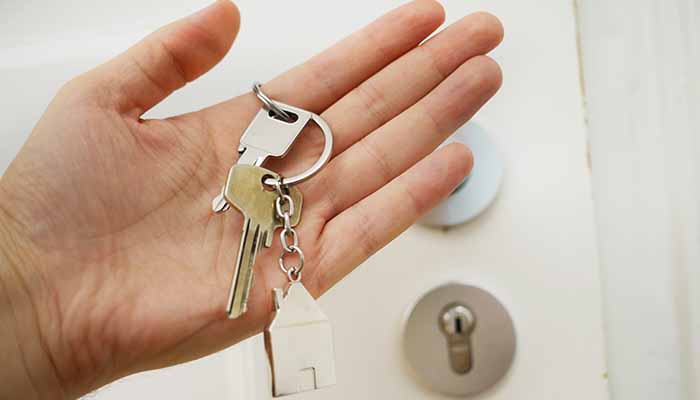
If you’re moving house soon, you’re probably feeling excited, overwhelmed and extremely stressed! Moving house can be an incredibly stressful time. There’s packing, cleaning, decluttering, updating your address, transferring services…and the list goes on!
It can be totally understandable to make life easier and simply transfer your current broadband plan to your new address. However, broadband isn’t always a one-size-fits all solution. We can help you quickly compare the options and make an informed choice about the best broadband plan for your new address.
Your best broadband plan will depend on what is available at your new address and whether fibre, VDSL or ADSL is available. Simply enter your new address in our address checker for a comprehensive list of broadband plans available.
If you own your own home, you will have more freedom to choose a connection type that suits you, as long as it is available at your address.
However if you are renting, you may have less choice. You may need landlord permission to install fibre broadband. Or you may live in an apartment building where only one type of broadband is available (eg: ADSL).
Fibre Broadband – Fibre (or ultra-fast broadband) is the fastest connection option available. It offers a constant high speed connection, and the service won’t fluctuate like traditional copper broadband connection. If it’s available at your new address, we think it’s the best option to go with.
VDSL Broadband – if fibre broadband isn’t available at your new address, VDSL broadband is your next best option. VDSL runs over existing copper lines and delivers much fast download and upload speeds than ADSL
ADSL Broadband - ADSL is the most commonly available type of broadband available in New Zealand and runs on existing copper phone lines.
Wireless Broadband - Wireless broadband uses the 4G mobile network to connect to a modem at your house. Wireless broadband isn’t available everywhere. It can be a good option in areas that don’t have good copper or fibre broadband service, for example in remote areas, or if you are flatting and don’t have consent to install broadband.
Satellite Broadband - Satellite internet relies on a physical dish mounted to your roof to connect you to the internet via satellite signals, so there is more set up involved than wireless broadband. But it is much more widely available – pretty much anywhere you can see the sky.
Customer reviews – Broadband Compare has thousands of customer reviews, giving you peace of mind when choosing a new provider.
Price - Comparing price can feel complicated when choosing broadband. Do you choose a plan that offers 3 or 6 months free, and then pay a higher rate for the rest of the contract? It can be useful to work out the cost you would pay per month for the full term to work out which deal offers the best value – which our comparison tool does for you!
Contact options - The contract is the length of the contract you will be locked-in for, if you want to cancel your contract early you usually have to pay a cancellation fee. Broadband contracts are typically open term (no contracts), 12 month, or 24 months. A 12 month contract is considered as “standard” in New Zealand, but there are some options with two or three years terms, they allow you to lock-in an agreed monthly rate for the full term. If you don’t want to commit for that amount of time, you can also choose a ‘no contract’ plan, which usually runs from month-to-month.
Bundled broadband and power – bundling your power and broadband is becoming increasingly popular. You can often receive a discounted rate compared to if you pay for each service separately. Plus you have the streamlined convenience of just one billing cycle, and once customer contact point for both services.
Perks and add-ons – When comparing broadband plans keep an eye out for the perks or add-ons that are important for you. Do you want a plan that includes new customer credit, a free modem, free landline, free access to streaming platforms like Neon or Netflix?